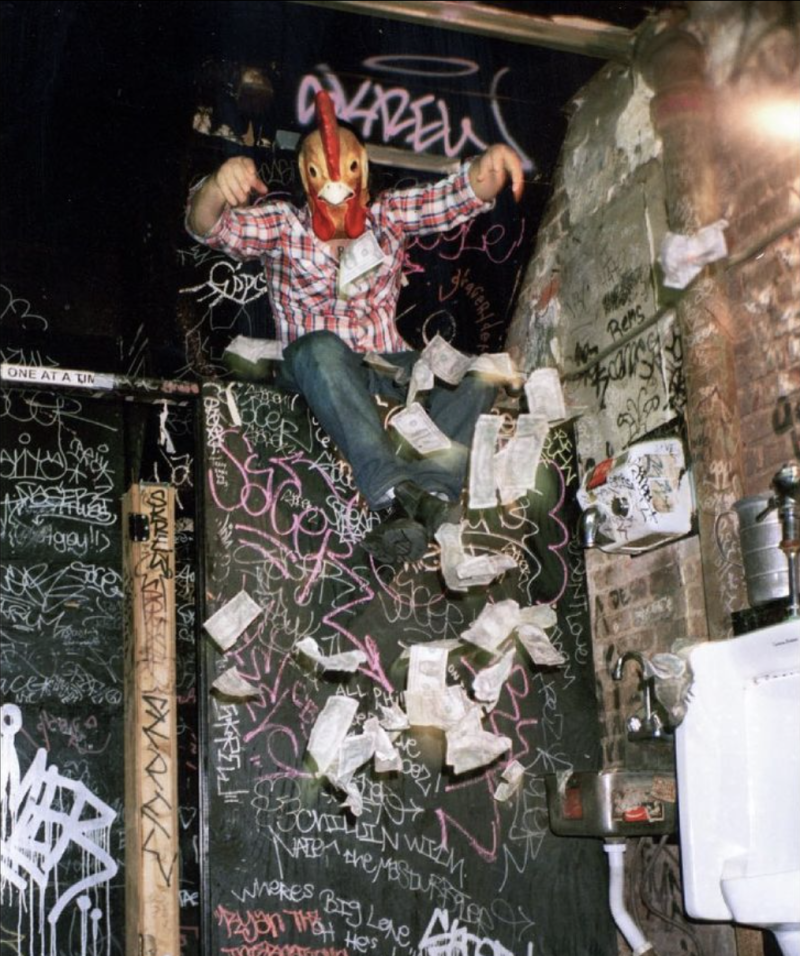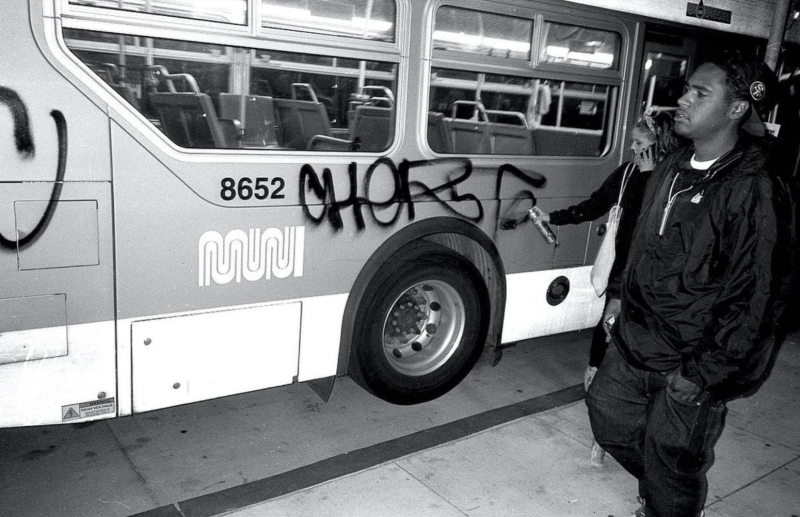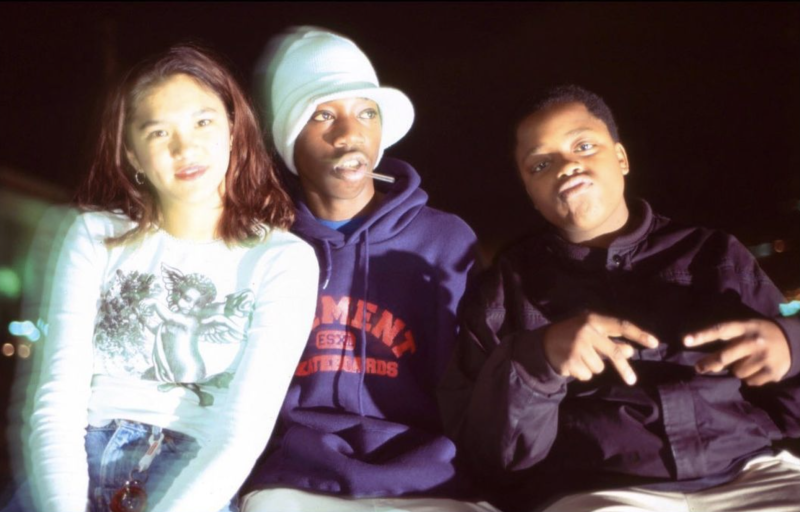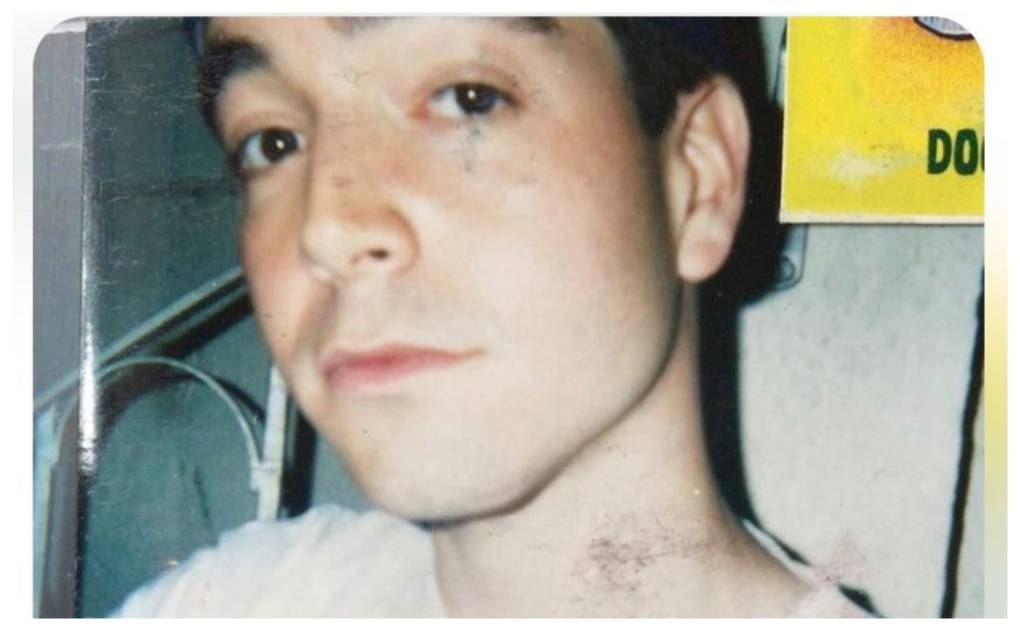[ad_1]
Schubert moved to the city in 1995 after being awarded a scholarship to study photography at the San Francisco Art Institute. Once he arrived, Schubert immersed himself in the Bay’s thriving skateboarding and graffiti scene. Back on the East Coast, he’d been a prolific skate videographer, primarily in Washington, D.C. On that September day, we talked about his more recent work for GX1000, his friend’s skate company.

Best of all, we talked about the trouble he’d found himself in while taking photos of strangers doing illegal things — a habit Schubert had that reflected his audacious approach to his craft. He told me of one incident when a group of sex workers attacked him for taking a photo of them smoking crack in the Tenderloin. Mid-attack, Schubert told me, one of them began biting his finger. Hard.
“I had just watched a nature film with sharks that week though,” Schubert casually told me. “And it said if you’re attacked by a reef shark, don’t pull your hand out of its mouth because your flesh will tear. Instead, hit it in the throat so it will release you. So that’s what I did. That’s how I got the prostitute off my finger.”
Talking to Schubert, these kinds of stories weren’t unusual. They were simply how he lived his life: on the edge, always adjacent to trouble, illuminating the darkest sides of city living with his camera, so that the rest of the world might see it too.

“He had a drive and passion for his work that is hard to find these days,” says Lindsay Mape, who first befriended Schubert in 1995. “I was studying painting at SFAI and he would sneak in with me and use the dark rooms all day long to print his film, while I painted in the studios downstairs. Then we would leave and go hang in the Mission or the TL all night, finding trouble, hanging with friends, laughing and chilling with my dog.
“He didn’t have a nasty bone in his body,” she remembers. “Genuinely the sweetest soul.”
Noah Lang of the San Francisco gallery Electric Works, who first befriended Schubert in 1999, has similar memories of the photographer. “Even in his darkest times, he never had any anger,” Lang says. “He was an unstoppable force of positivity. He was very generous. He was interested in sharing everything that he had. He would have 17-year-old skaters email him saying they liked his work and he would just send them [a print]. He was not looking for fame or fortune ever. He just wanted enough money to live and make his books and that was pretty much it.
“I feel like street photographers are born noticers,” Lang continues. “They notice all the things that we see but don’t find remarkable, and then they synthesize it. Dave was a really great noticer and sythesizer of the coral reef around him. He knew everything about it. He could see it all and he would make a photo of it and turn normalcy into poetry in 1/60 of a second.”

Tributes poured in for Schubert over the weekend as news of his untimely death spread.
Artist Steve Powers wrote on Instagram: “I don’t know a better photographer that shot both skateboarding and graffiti as well as Dave did, but, as he would say about bragging, ‘Don’t tell it, show it’ … Dave Schubert didn’t take pictures, he took the time to love and to show the love.”
[ad_2]
